Redline version
CONTENTS
FOREWORD
INTRODUCTION
INTRODUCTION to Amendment 1
1 Scope
1.1 *€Purpose
1.2 *€Field of application
1.3 Relationship to other standards
1.4 Compliance
2 *€Normative references
3 *€Terms and definitions
4 *€General requirements
4.1 *€Quality management system
4.2 *€Risk management
4.3 *€Software safety classification
4.4 *€Legacy software
5 Software development process
5.1 *€Software development planning
5.2 *€Software requirements analysis
5.3 *€Software architectural design
5.4 *€Software detailed design
5.5 * Software unit implementation
5.6 *€Software integration and integration testing
5.7 *€Software system testing
5.8 *€Software release for utilization at a system level
6 Software maintenance process
6.1 *€Establish software maintenance plan
6.2 *€Problem and modification analysis
6.3 *€Modification implementation
7 *€Software risk management process
7.1 *€Analysis of software contributing to hazardous situations
7.2 Risk control measures
7.3 Verification of risk control measures
7.4 Risk management of software changes
8 *€Software configuration management process
8.1 *€Configuration identification
8.2 *€Change control
8.3 *€Configuration status accounting
9 *€Software problem resolution process
9.1 Prepare problem reports
9.2 Investigate the problem
9.3 Advise relevant parties
9.4 Use change control process
9.5 Maintain records
9.6 Analyse problems for trends
9.7 Verify software problem resolution
9.8 Test documentation contents
Annex A (informative) Rationale for the requirements of this standard
Annex B (informative) Guidance on the provisions of this standard
Annex C (informative) Relationship to other standards
Annex D (informative) Implementation
Bibliography
Index of defined terms
Figures
Figure 1 – Overview of software development processes and activities
Figure 2 – Overview of software maintenance processes and activities
Figure 3 – Assigning software safety classification
Figure B.2 – Pictorial representation of the relationship of hazard, sequence of events, hazardous situation, and harm – from ISO 14971:2007 Annex E
Figure B.1 – Example of partitioning of software items
Figure C.1 – Relationship of key medical device standards to IEC 62304
Figure C.2 – Software as part of the V-model
Figure C.3 – Application of IEC 62304 with IEC 61010-1
Tables
Table A.1 – Summary of requirements by software safety class
Table B.1 – Development (model) strategies as defined in ISO/IEC 12207
Table C.1 – Relationship to ISO 13485:2003
Table C.2 – Relationship to ISO 14971:2007
Table C.3 – Relationship to IEC 60601-1
Table C.5 – Relationship to ISO/IEC 12207:2008
Table D.1 – Checklist for small companies without a certified QMS
Final version
CONTENTS
FOREWORD
INTRODUCTION
INTRODUCTION to Amendment 1
1 Scope
1.1 *€Purpose
1.2 *€Field of application
1.3 Relationship to other standards
1.4 Compliance
2 *€Normative references
3 *€Terms and definitions
4 *€General requirements
4.1 *€Quality management system
4.2 *€Risk management
4.3 *€Software safety classification
4.4 *€Legacy software
5 Software development process
5.1 *€Software development planning
5.2 *€Software requirements analysis
5.3 *€Software architectural design
5.4 *€Software detailed design
5.5 *€Software unit implementation
5.6 *€Software integration and integration testing
5.7 *€Software system testing
5.8 *€Software release for utilization at a system level
6 Software maintenance process
6.1 *€Establish software maintenance plan
6.2 *€Problem and modification analysis
6.3 *€Modification implementation
7 *€Software risk management process
7.1 *€Analysis of software contributing to hazardous situations
7.2 Risk control measures
7.3 Verification of risk control measures
7.4 Risk management of software changes
8 *€Software configuration management process
8.1 *€Configuration identification
8.2 *€Change control
8.3 *€Configuration status accounting
9 *€Software problem resolution process
9.1 Prepare problem reports
9.2 Investigate the problem
9.3 Advise relevant parties
9.4 Use change control process
9.5 Maintain records
9.6 Analyse problems for trends
9.7 Verify software problem resolution
9.8 Test documentation contents
Annex A (informative) Rationale for the requirements of this standard
Annex B (informative) Guidance on the provisions of this standard
Annex C (informative) Relationship to other standards
Annex D (informative) Implementation
Bibliography
Index of defined terms
Figures
Figure 1 – Overview of software development processes and activities
Figure 2 – Overview of software maintenance processes and activities
Figure 3 – Assigning software safety classification
Figure B.1 – Example of partitioning of software items
Figure B.2 – Pictorial representation of the relationship of hazard, sequence of events, hazardous situation, and harm – from ISO 14971:2007 Annex E
Figure C.1 – Relationship of key medical device standards to IEC 62304
Figure C.2 – Software as part of the V-model
Figure C.3 – Application of IEC 62304 with IEC 61010-1
Tables
Table A.1 – Summary of requirements by software safety class
Table B.1 – Development (model) strategies as defined in ISO/IEC 12207
Table C.1 – Relationship to ISO 13485:2003
Table C.2 – Relationship to ISO 14971:2007
Table C.3 – Relationship to IEC 60601-1
Table C.5 – Relationship to ISO/IEC 12207:2008
Table D.1 – Checklist for small companies without a certified QMS
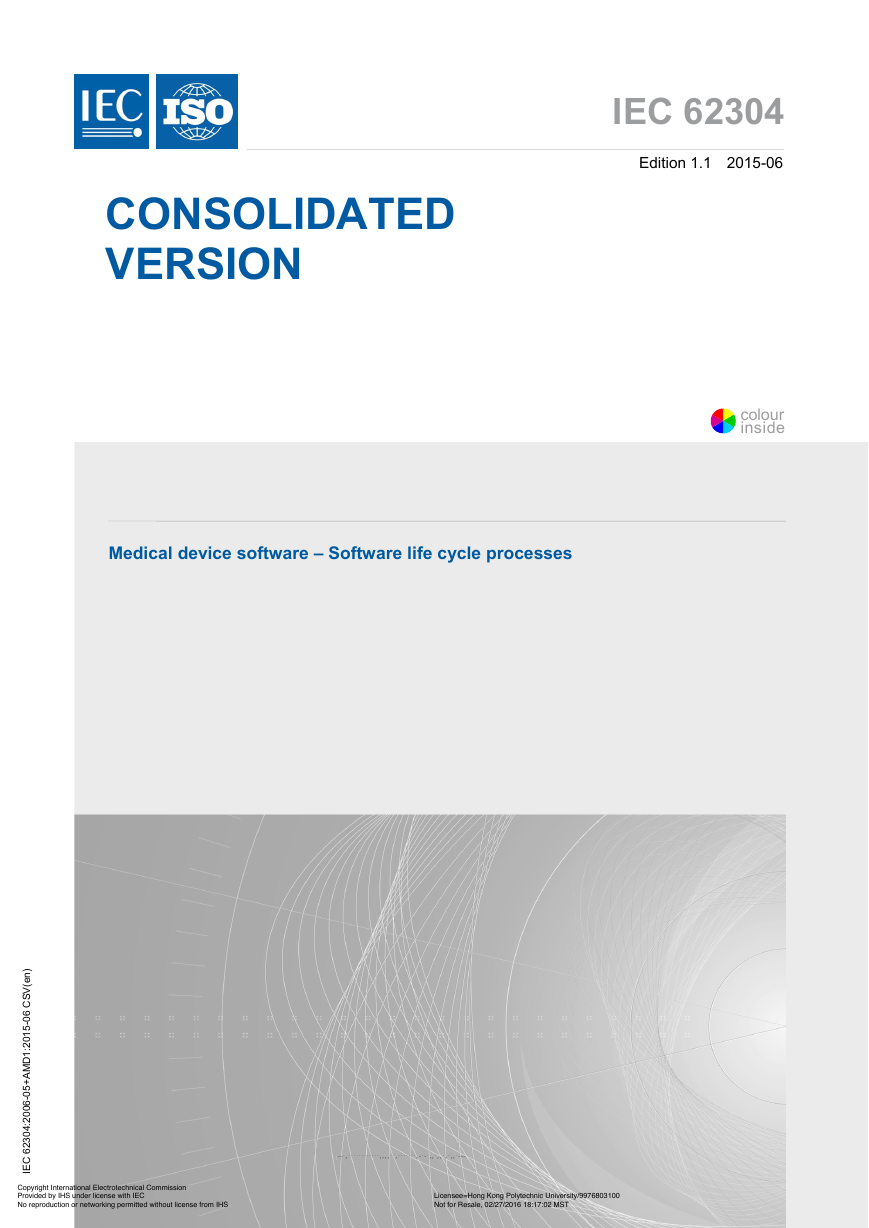
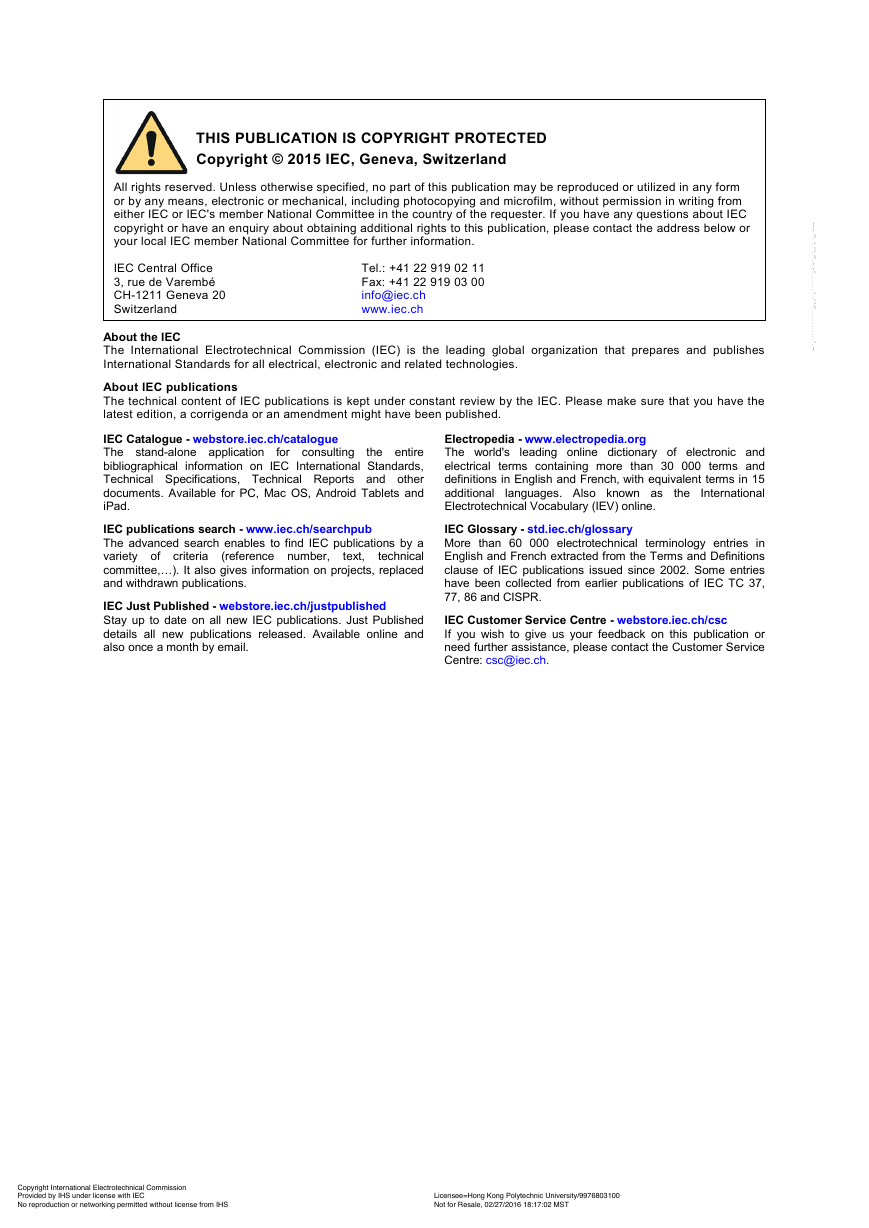
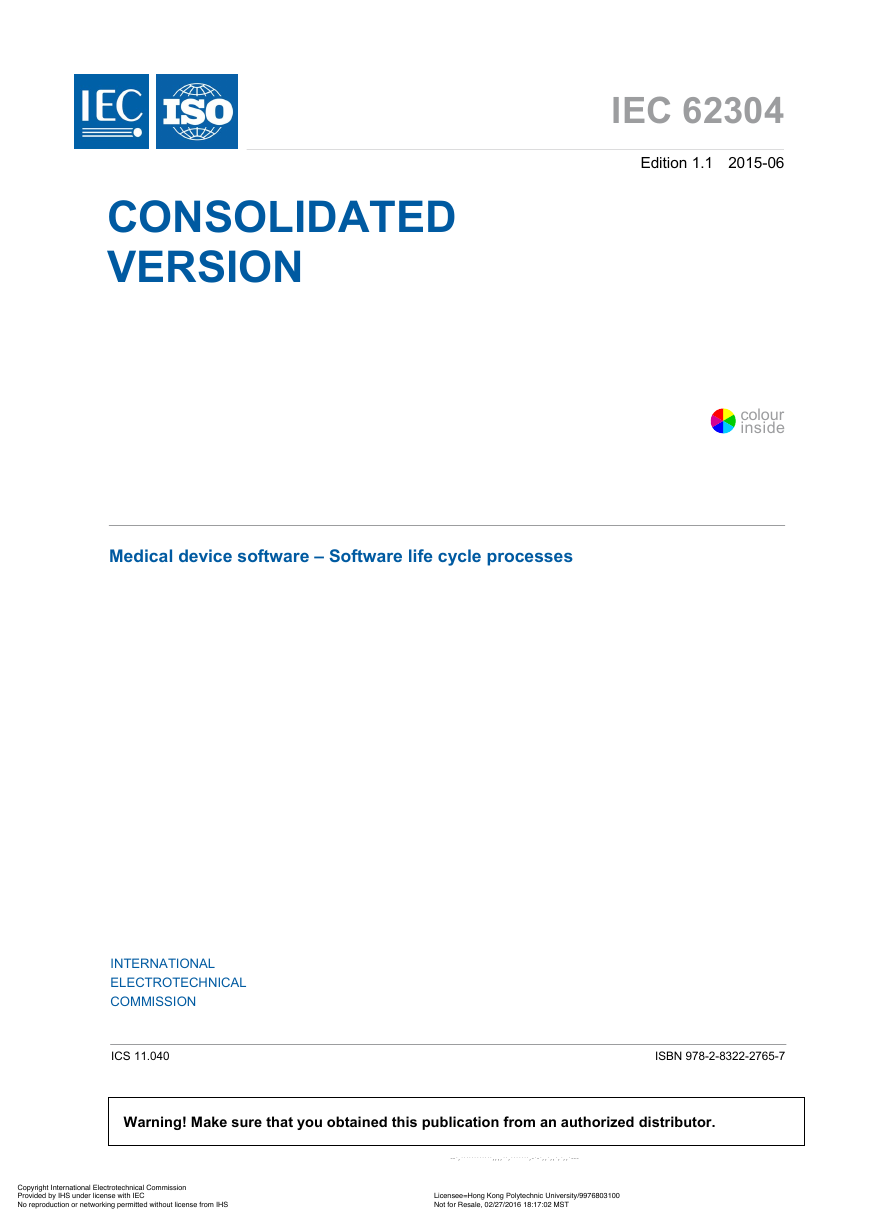

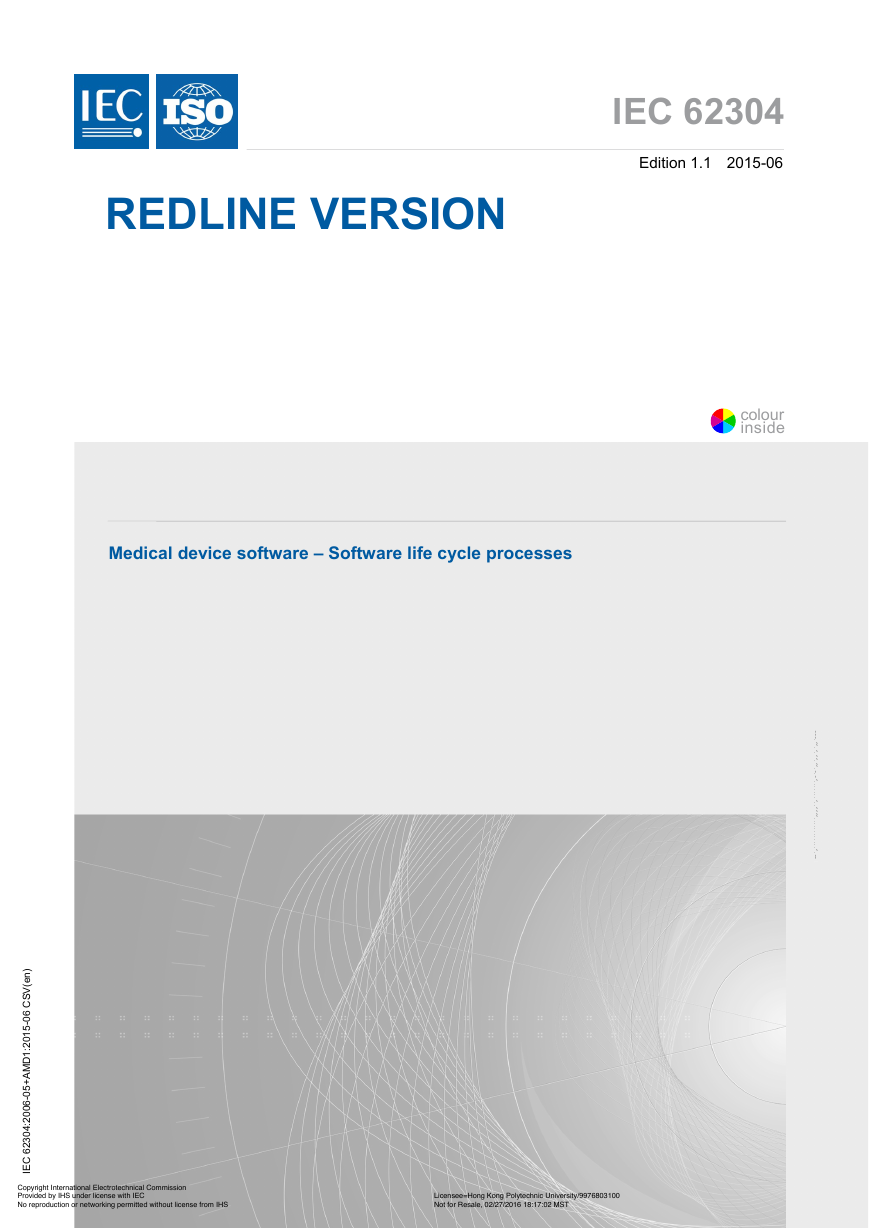
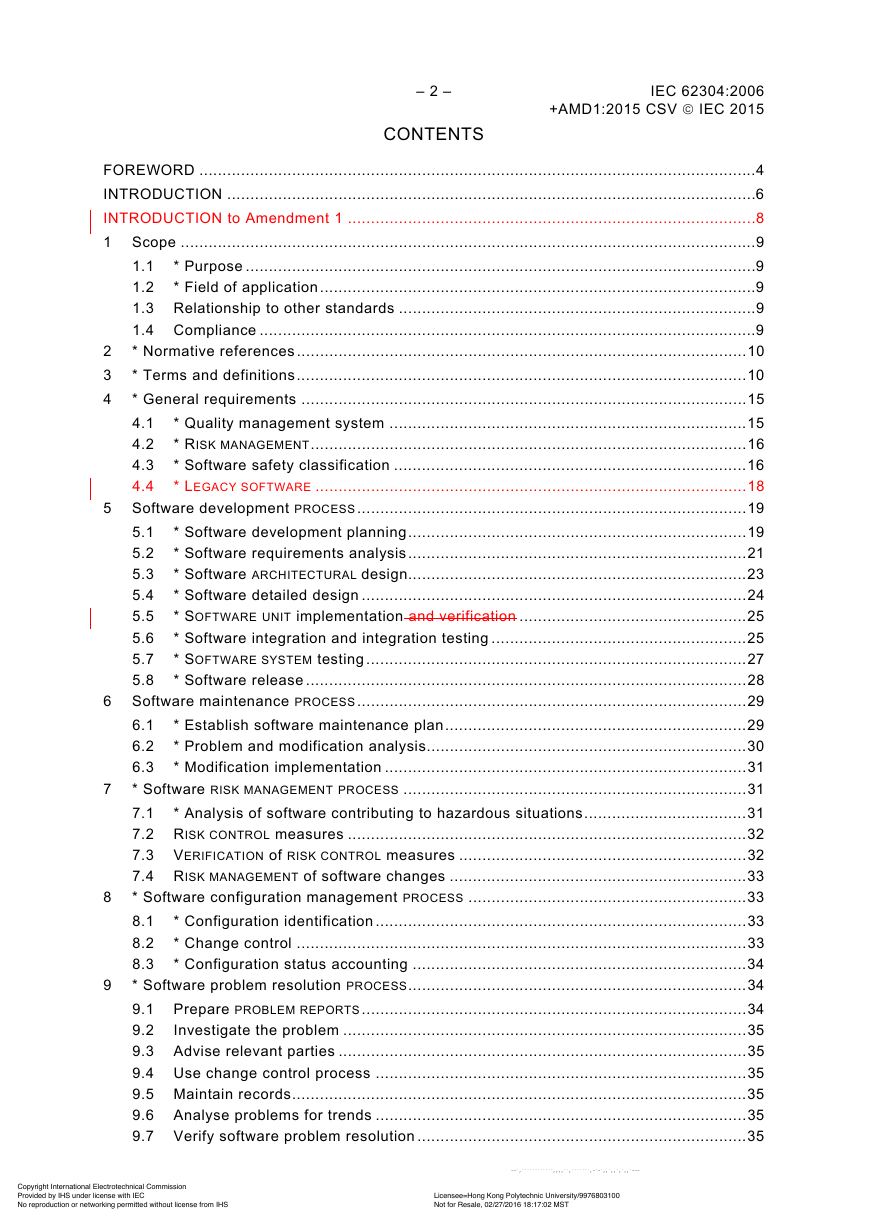
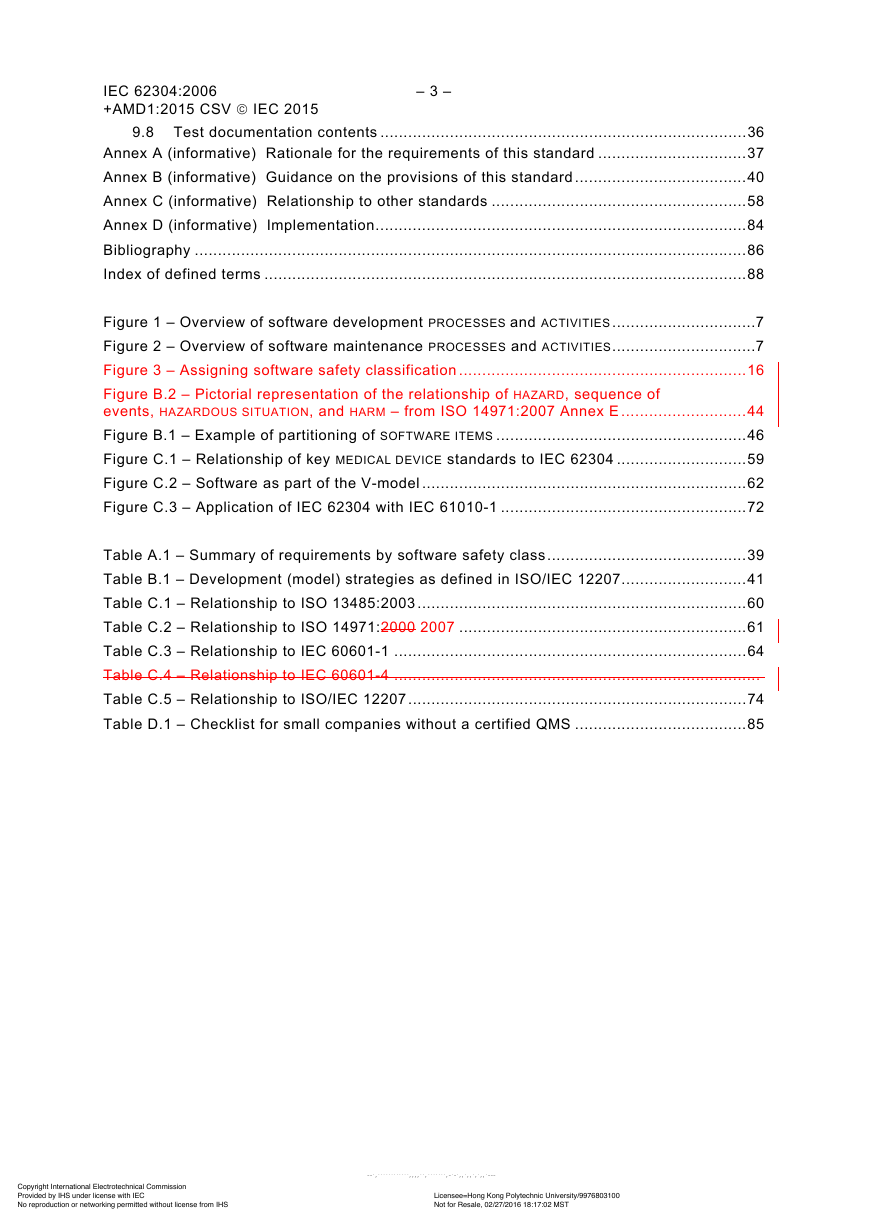
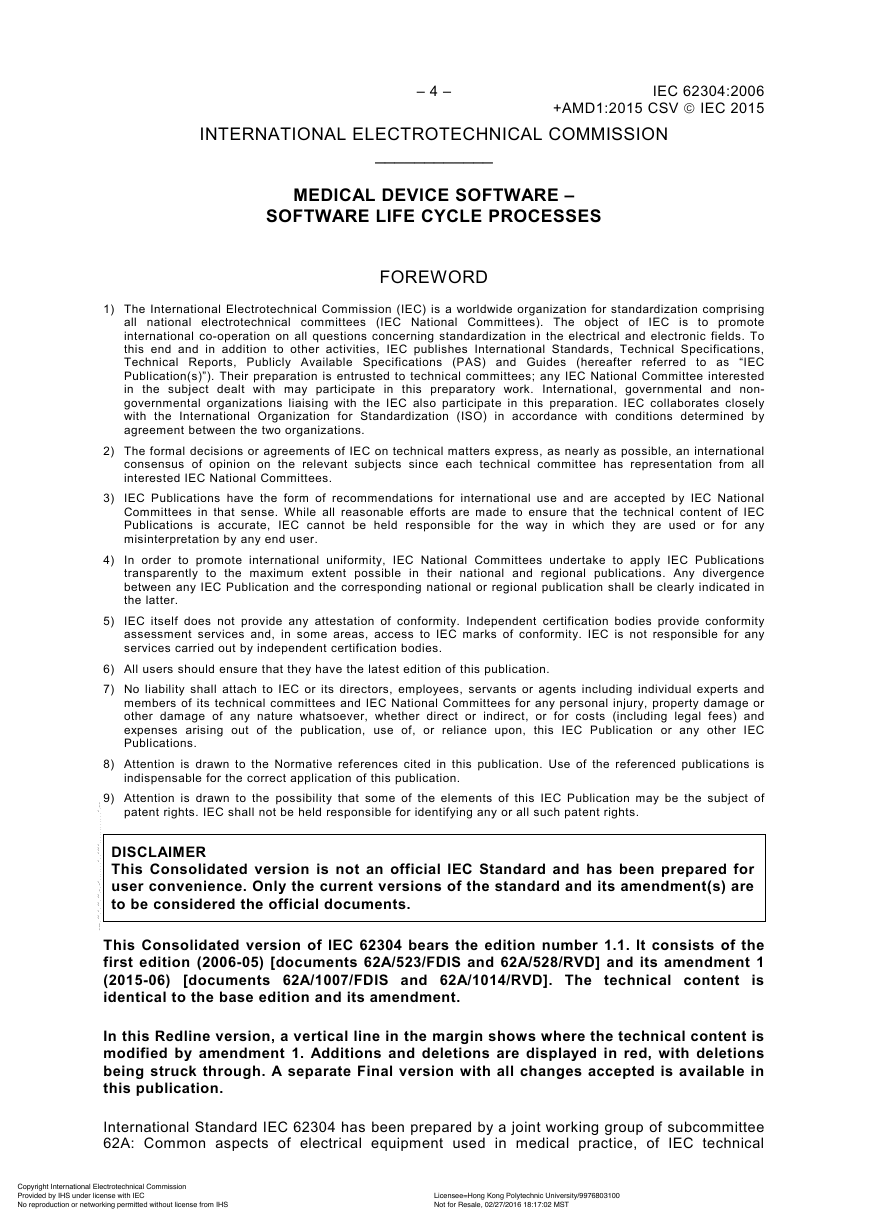








 2023年江西萍乡中考道德与法治真题及答案.doc
2023年江西萍乡中考道德与法治真题及答案.doc 2012年重庆南川中考生物真题及答案.doc
2012年重庆南川中考生物真题及答案.doc 2013年江西师范大学地理学综合及文艺理论基础考研真题.doc
2013年江西师范大学地理学综合及文艺理论基础考研真题.doc 2020年四川甘孜小升初语文真题及答案I卷.doc
2020年四川甘孜小升初语文真题及答案I卷.doc 2020年注册岩土工程师专业基础考试真题及答案.doc
2020年注册岩土工程师专业基础考试真题及答案.doc 2023-2024学年福建省厦门市九年级上学期数学月考试题及答案.doc
2023-2024学年福建省厦门市九年级上学期数学月考试题及答案.doc 2021-2022学年辽宁省沈阳市大东区九年级上学期语文期末试题及答案.doc
2021-2022学年辽宁省沈阳市大东区九年级上学期语文期末试题及答案.doc 2022-2023学年北京东城区初三第一学期物理期末试卷及答案.doc
2022-2023学年北京东城区初三第一学期物理期末试卷及答案.doc 2018上半年江西教师资格初中地理学科知识与教学能力真题及答案.doc
2018上半年江西教师资格初中地理学科知识与教学能力真题及答案.doc 2012年河北国家公务员申论考试真题及答案-省级.doc
2012年河北国家公务员申论考试真题及答案-省级.doc 2020-2021学年江苏省扬州市江都区邵樊片九年级上学期数学第一次质量检测试题及答案.doc
2020-2021学年江苏省扬州市江都区邵樊片九年级上学期数学第一次质量检测试题及答案.doc 2022下半年黑龙江教师资格证中学综合素质真题及答案.doc
2022下半年黑龙江教师资格证中学综合素质真题及答案.doc